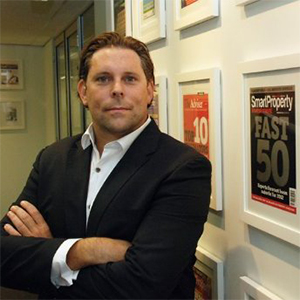National demand increasingly outstripping supply
The gap between housing supply and demand increased by 28,000 dwellings nationally in the year to June 2011, the most recent National Housing Supply Council report has revealed.
NSW, with a gap of 89,000 dwellings, and Queensland, short 83,000 dwellings, led the way.
According to the report, which was released earlier this month, the national shortfall is likely to increase to 370,000 dwellings by 2016, 492,000 by 2021 and 663,000 by 2031, assuming historic demographic and supply trends continue.
The housing shortfall in Victoria narrowed over the year to June 2011.
Real Institute of Victoria (REIV) CEO Enzo Raimondo said that over the last two years, the Council’s estimated gap in Victoria between underlying supply and demand has reduced from a revised 18,000 in 2009 to just 10,000 in 2011.
“Supply and demand is very close to balance in Victoria and is one reason why pressure on house prices has eased,” he said.
“Whilst the market is also affected by a range of other factors – the rate of economic growth, unemployment, interest rates and levels of consumer confidence – if there is a shortage of stock, this also results in pressure on prices.
“The strong price growth between 2005 and 2010 was in part due to high levels of population growth and a shortage of supply.
“This report now shows that the gap between the underlying demand and supply has eased, primarily because the number of new homes being constructed has increased,” he continued.
“Dwelling completion data from the ABS shows that in the two years to the 2011 December quarter, 30 per cent more homes had been built than in the preceding two years.
“On current projections, it does not appear that Victoria will face a critical undersupply of housing stock in the medium term.”
